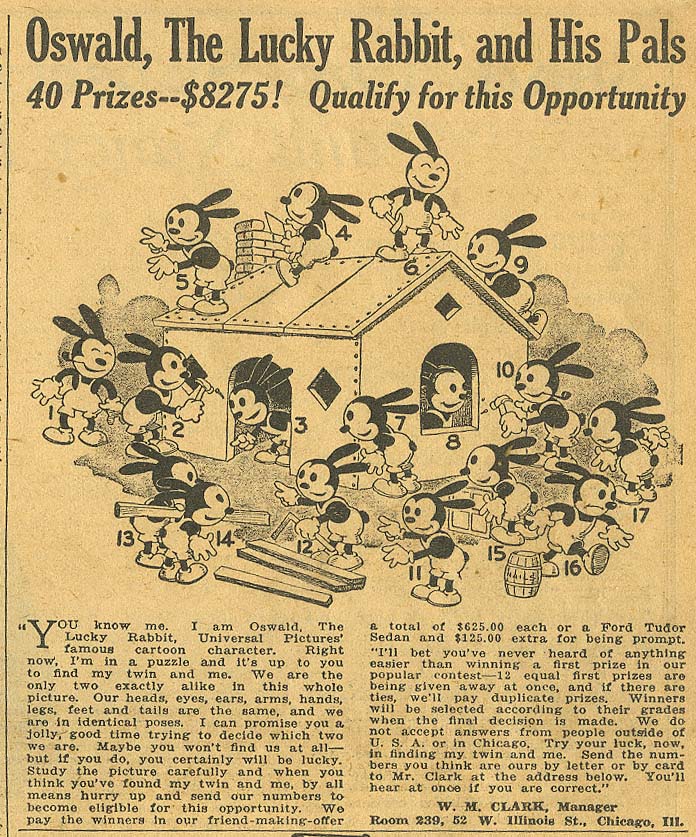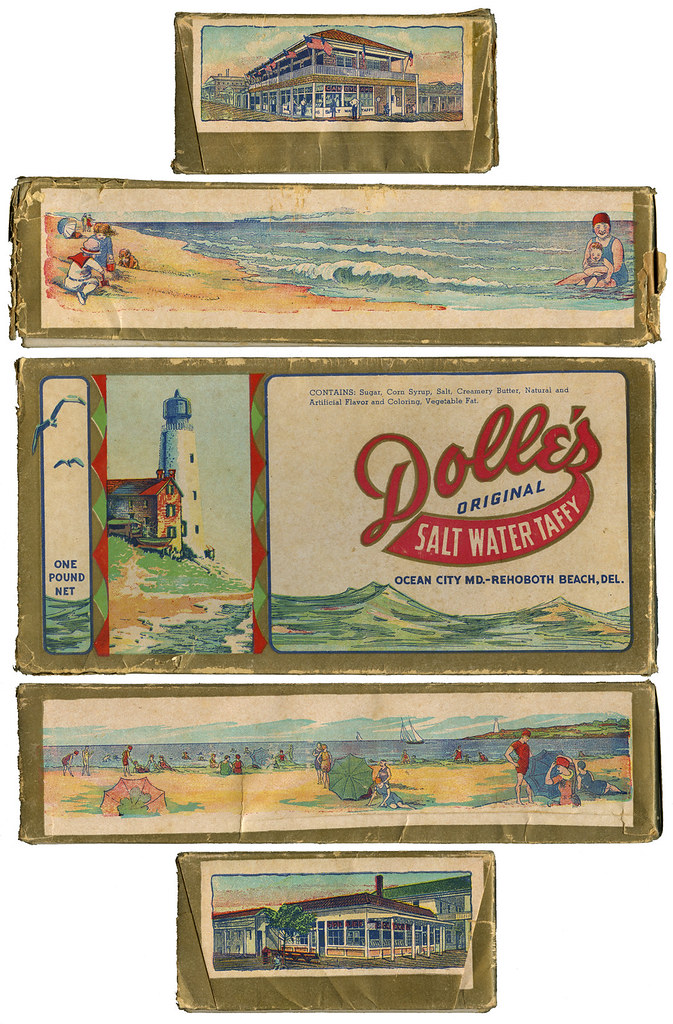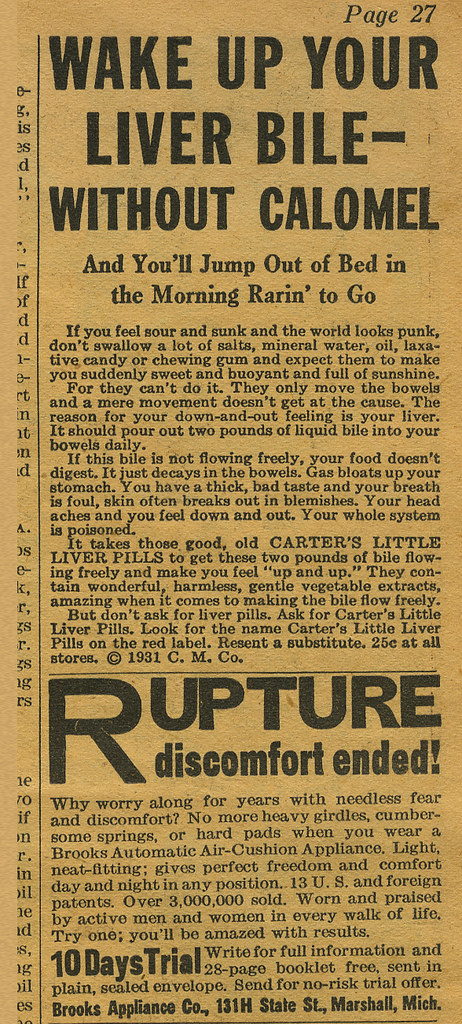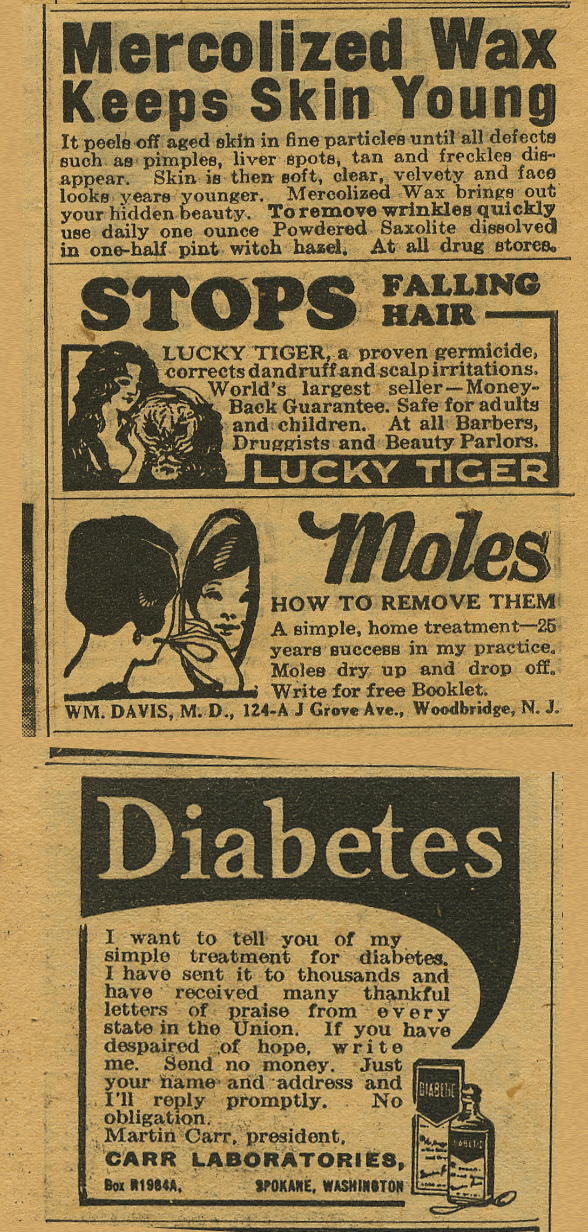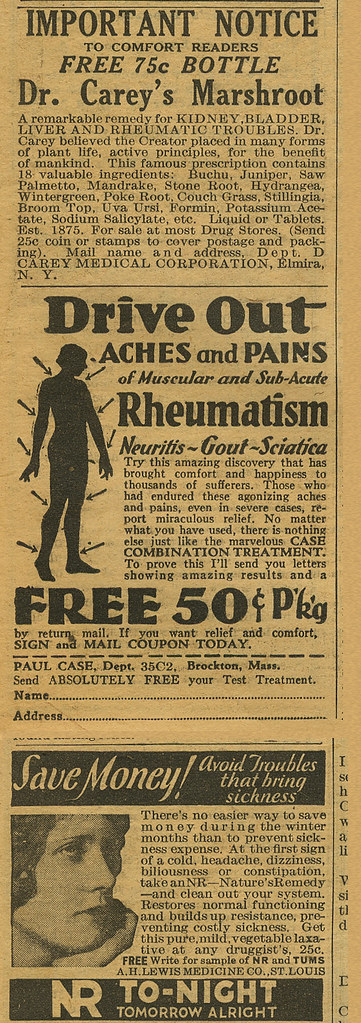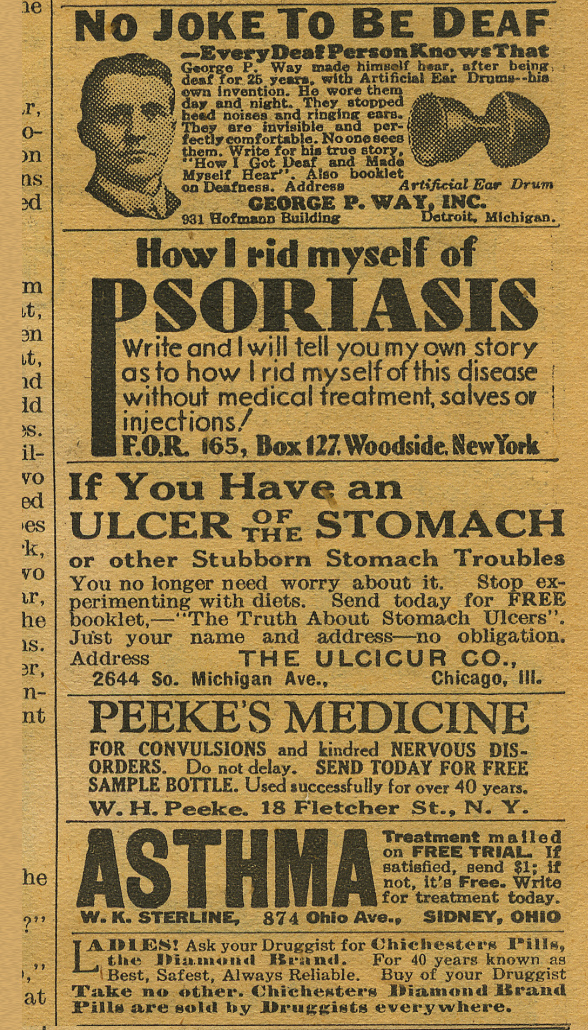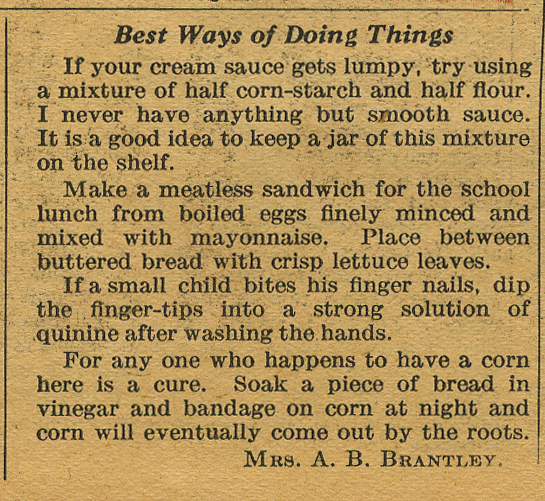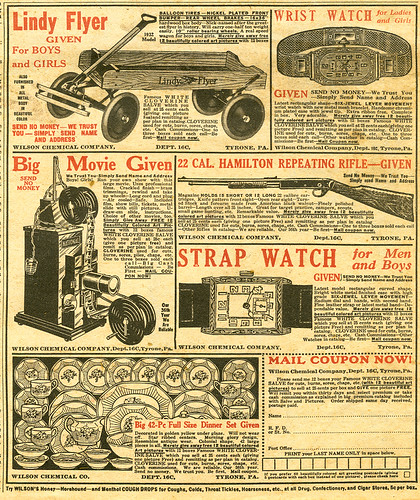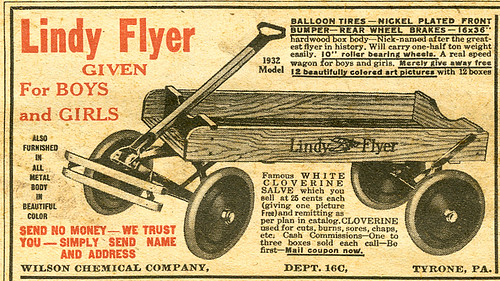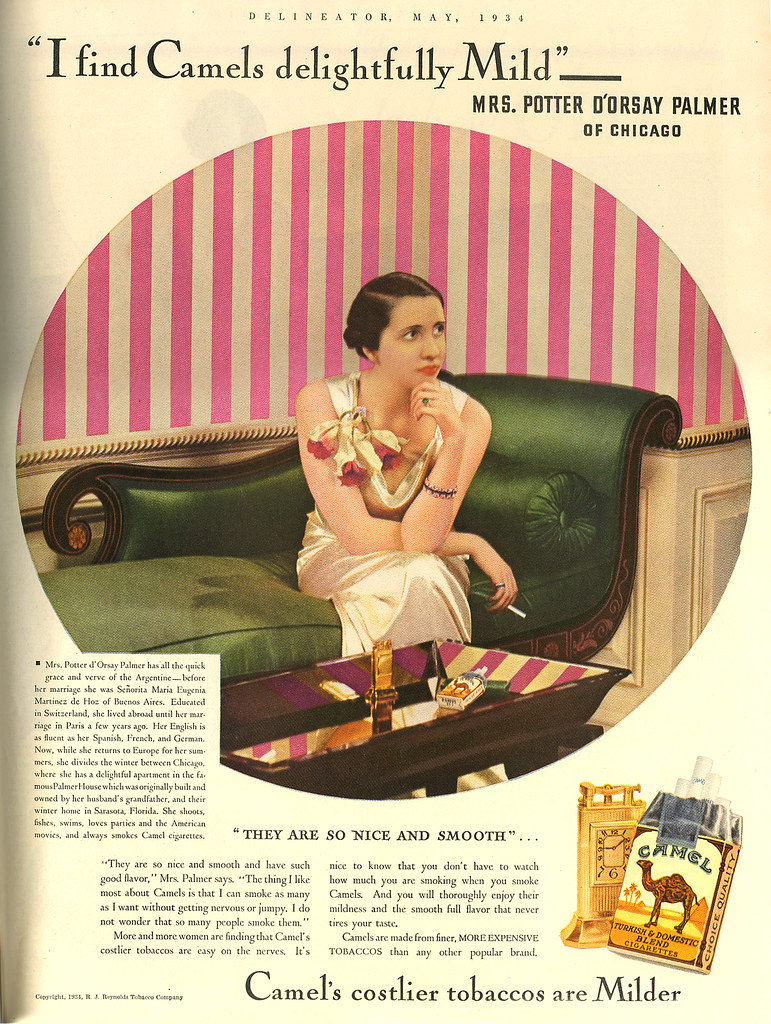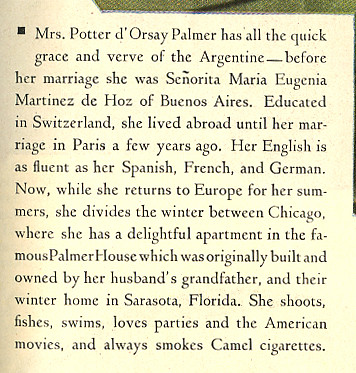Anyone familiar with films from the 1930s knows that the wealthy were portrayed as fantasy figures, used to help people escape into another world, forget that they were living in the Great Depression. The wealth was often ostentatious and the people a bit batty brained. Well...I give you real life example, Mrs. Potter d'Orsay Palmer.
Not only were films portraying the wealthy as the best and brightest our country had to offer, so were women's magazines. Sure, you couldn't afford a new pair of shoes, but if you smoked Camel cigarettes you were in league with the upper classes. You stepped out of your ordinary world into the world of the filthy rich.
Click on image to see it larger.
A series of ads ran in the 1930s with wealthy young socialites professing their adoration for the expensive Camel brand. This ad is from the May 1934 Delineator. The copy of the ads were all pretty much the same. Doubtful any of these socialites were actually interviewed about their love of the brand. More likely someone working for R. J. Reynolds Tobacco Company wrote all of it. Take a look at the copy in this add
Click on image to see it larger.
and then compare it to the copy below from another ad which can be seen here.
Among the many distinguished women who prefer Camel's costlier tobaccos: Mrs. Nicholas Biddle Philadelphia; Mrs. Allston Boyer New York; Miss Mary Byrd Richmond; Mrs. Powell Cabot Boston; Mrs. Thomas M. Carnegie, Jr. New York; Mrs. Henry Field Chicago; Mrs. Potter D'Orsay Palmer Chicago; Mrs. Langdon Post New York; Mrs. William T. Wetmore New York
"Of course is I smoke Camel's. . ." Miss Dorothy Paine "They're the most popular cigarettes--every one is smoking them now," continued this alert young member of New York's inner circle. "Camels have such a grand smooth flavor. I suppose that's because they have more expensive tobaccos in them. And they never make my nerves jumpy. When I'm tired out and my nerves feel frazzled, then a Camel gives me a nice gentle 'lift' that restores by enthusiasm." The reason you feel better after smoking a Camel is because it releases your latent energy, which overcomes fatigue. When you feel tired, you can always get a pleasant, natural "lift" by enjoying a Camel. And you can smoke as often as you wish, for Camels never upset the nerves.
Now exactly who was Mrs. Potter d'Orsay Palmer, aka Maria Eugenia Martinez de Hoz? Well she was the 2nd wife of Potter d'Orsay Palmer, playboy son of the wealthy Palmer family of Chicago's Palmer House Hotel. She apparently came from a very wealthy family of landowners in Argentina (if you speak Spanish perhaps you can find some information
here). They divorced in 1937 and by December 1938 Mr. Potter Palmer divorced his 3rd wife, Pauline Warren. Maria Eugenia Martinez de Hoz seems to have disappeared from history, at least from what I find online. He married wife number 4 a couple days after his divorce from wife number 3. According to Ancestry.com Maria received a sizable divorce settlement, something the next two Mrs. Potter's did not:
Palmer's first two wives supposedly received divorce settlements totalling about $5,000,000, but the third Mrs. Palmer received only $250 a month alimony and counsels' fees ($10,000). Few days after his divorce, Potter Palmer married Pluma Louise Lowery Abatiello, 23, roadhouse waitress.
As to playboy Potter d'Orsay Palmer, not so great ending. He died from a cerebral hemorrhage in May 1939 following a drunken brawl in Sarasota, Florida with a meat cutter by the name of Kenneth Nosworthy. You can read a fascinating newspaper article from May 16, 1939 at
The Evening Independant. The following is from the account given to the Assistant State's Attorney Smiley by Mr. Nosworthy:
Palmer, who had been drinking, singled Nosworthy out, followed him around and taunted him. Nosworthy tried to avoid him but Palmer pursued the meat cutter, cursed him and struck him with his fist. Nosworthy returned the blow, knocking Palmer to the ground. Palmer pulled Nosworthy down as he fell and the two scuffled briefly and then got to their feet. Palmer then tried to wield a bottle and when he did, Nosworthy struck the Sarasotan a hard blow with his fist. The two parted and Palmer left the picnic sometime later.
Nosworthy said he did not know Palmer and had never seen him prior to his appearance at the outing, a stag affair given to raise funds for the Bradenton police radio system.
The oft-wedded heir only recently had effected a reconciliation with his wife, the fourth, whom he married last December a few weeks after meeting her at a roadside inn where she worked as a waitress.
Seriously, read the newspaper article. You'll feel like you're in an old black and white film. There is also a photo of the playboy himself with wife-y number 4.
And you thought this was just a piece of ephemera. Like most advertising, it's all smoke and mirrors, half-truths. The truth about Mrs. Potter d'Orsay Palmer could never be told in an ad.
Addendum thanks to Susan's question:
Indeed there is more to the story about wife-y No. 4 and you'll never guess the direction she took.
Yes, she had to sign a pre-nup. You can read about her and her attorney's attempts at getting money
here. She got nothing.
But then her history continues right out of an old gangster film. Yes, I said gangsters.
The twenty-seven-year-old beauty, who had married John Moran the previous January, had a flair for short-lived and dramatic marriages. In December 1938 she had married Potter d'Orsay Palmer in Florida, where she had been a waitress at a Sarasota sandwich stand, but the couple spent more time apart than together. They argued often, and Palmer preferred the company of his cronies to that of his neurotic wife, who would call the police in a fit of hysterics whenever he stayed away for too long.
In early 1939 Louise filed suit for $500,000 in damages against her wealthy in-laws, claiming that their meddling had alienated her husband's affection for her, but reconciliation with Palmer led her to drop it. When he died in May 1939 from a brain hemorrhage incurred after a fist-fight at a party, the Palmer family cut her off without a cent, having disapproved of the marriage. She married again, this time to Ellsworth Struck, but the union barely lasted a year. Struck went home to Ohio, and Louise made her way to Chicago.
She met John Moran in the fall of 1943 at the Chez Paree nightclub, where she had been working as a hatcheck girl. It did not take long for the relationship to sour; Moran responded to her fits of rage and tearful tantrums by simply packing his bags and going stay with his father or checking into a men's hotel. Her May 1944 "amnesia attack" had been preceded by a particularly nasty quarrel.
George and Evelyn Moran interceded when they could, but the marriage did not last. While Evelyn took the irate young woman to a coffee shop to calm down and talk after one knock-down, drag-out argument, George Moran spoke frankly to his son.
"She's a gold-digger, and nuts," he insisted. "Get rid of her. If she won't divorce you, lock her up in a nuthouse. I'll pay for it."
John Moran, a bartender, was less vindictive and rejected the offer. In the end the marriage terminated of its own accord. The couple divorced in April 1946, with Pluma Louise charging desertion and waiving alimony. By that point she and John were glad to see the last of each other. (SOURCE: The Bugs Moran Story: The Man Who Got Away by Rose Keefe; Cumberland House Publishing, May 2005).
Now here's the kicker. George Moran, the father in-law, was Bugs Moran, the gangster from Chicago. It was his gang that was killed at the St. Valentine's Day massacre.
Oh what a tangled web we find when walking through ephemera blind.
UPDATE as of 4.25.11: I have heard from María Eugenia Martínez de Hoz granddaughter, Matilde, with the following information. Sometimes the net really amazes me. Thanks Matilde. I appreciate this information. It allows your grandmother to be more than just a photo in an old ad. Thanks!
María Eugenia Martínez de Hoz, that's my grandmother. She divorced him, came back to Argentina, fell madly in love with my grandfather and they lived between Buenos Aires and a farm in Córdoba were they raised my dad and uncle. Two boys. My grandfather was another playboy in a way, but much closer to nature that Potter was to booze. He was the kind of person that reminds you of fireworks when he is laughing and making you laugh. He had a gift for making people adore him. She didn't get a penny. She died young and wanted to live longer. If she had lived 6 months longer she would have inherited something from the Palmers since her Mother in Law adored her. But she never cared much, she only wanted to survive some more weeks to get to know her first grandchild, my cousin Martín. She didn't make it. But I guess she found love. We know her as "Bebé". — Matilde LLambí
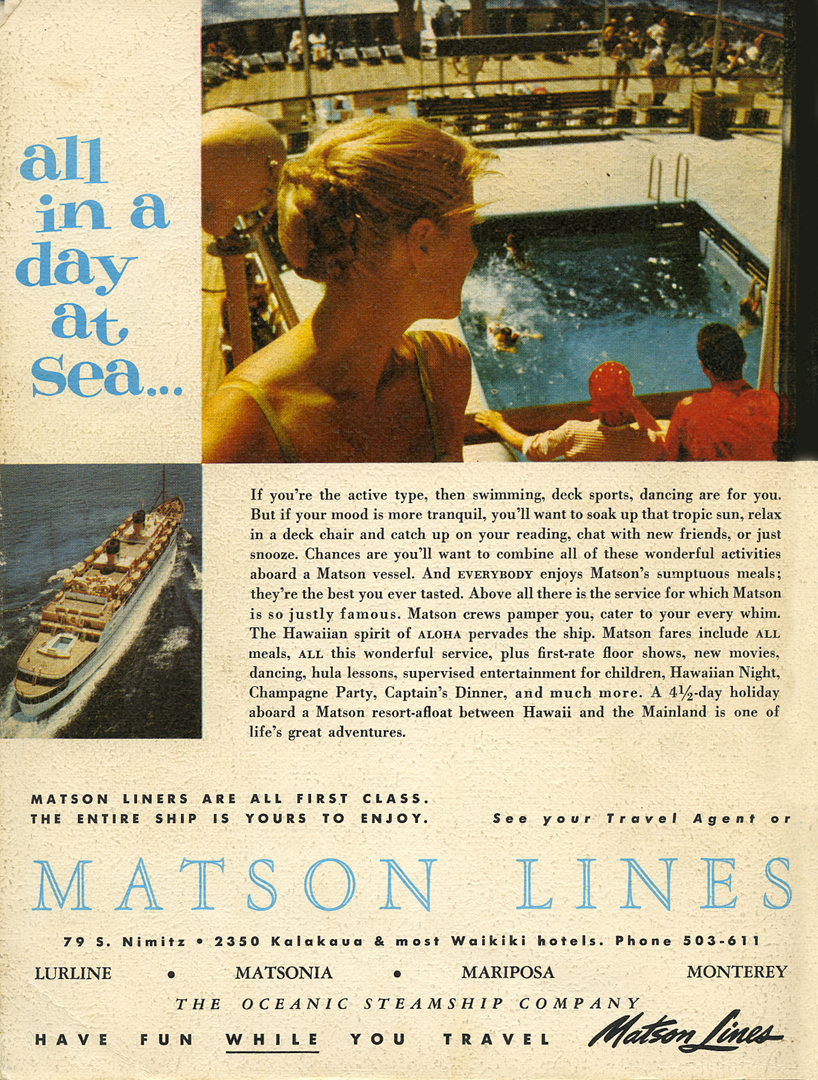
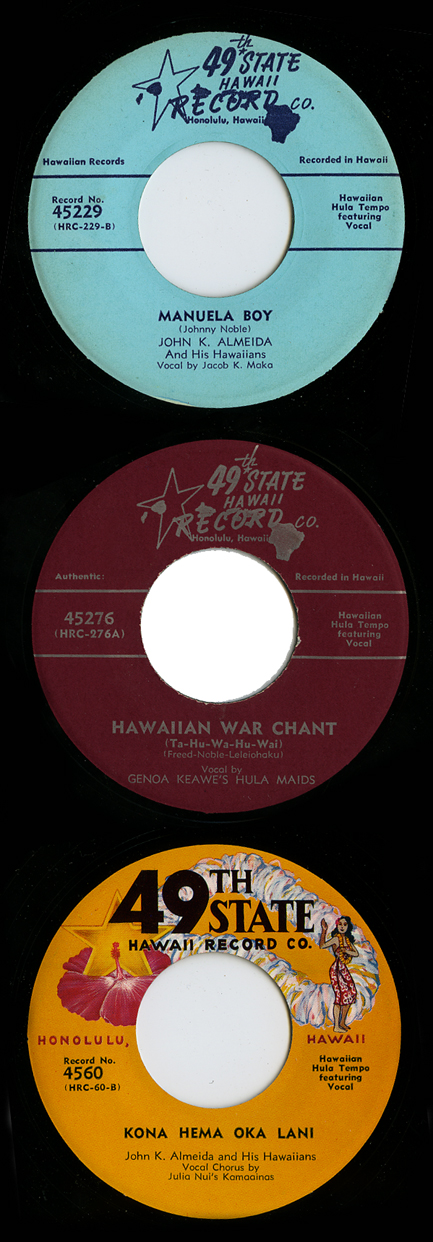


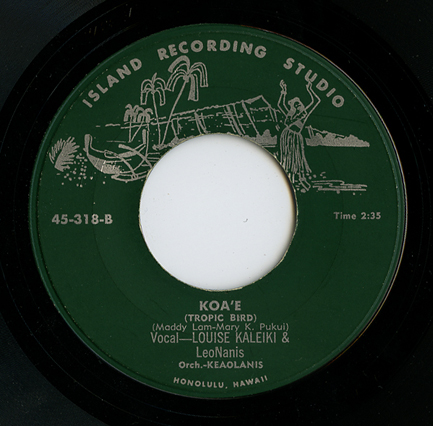

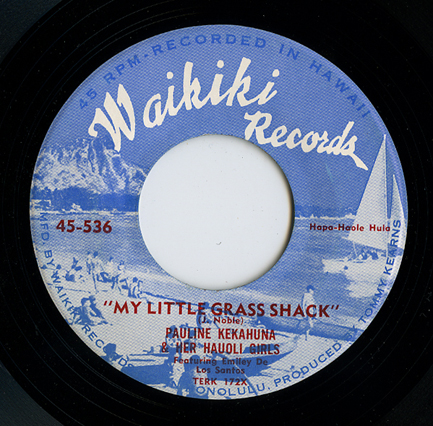
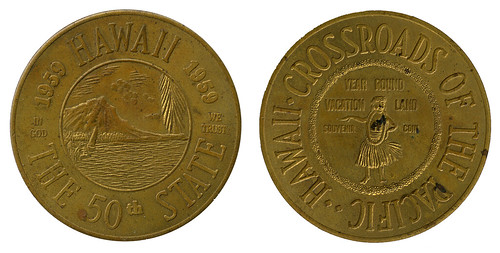
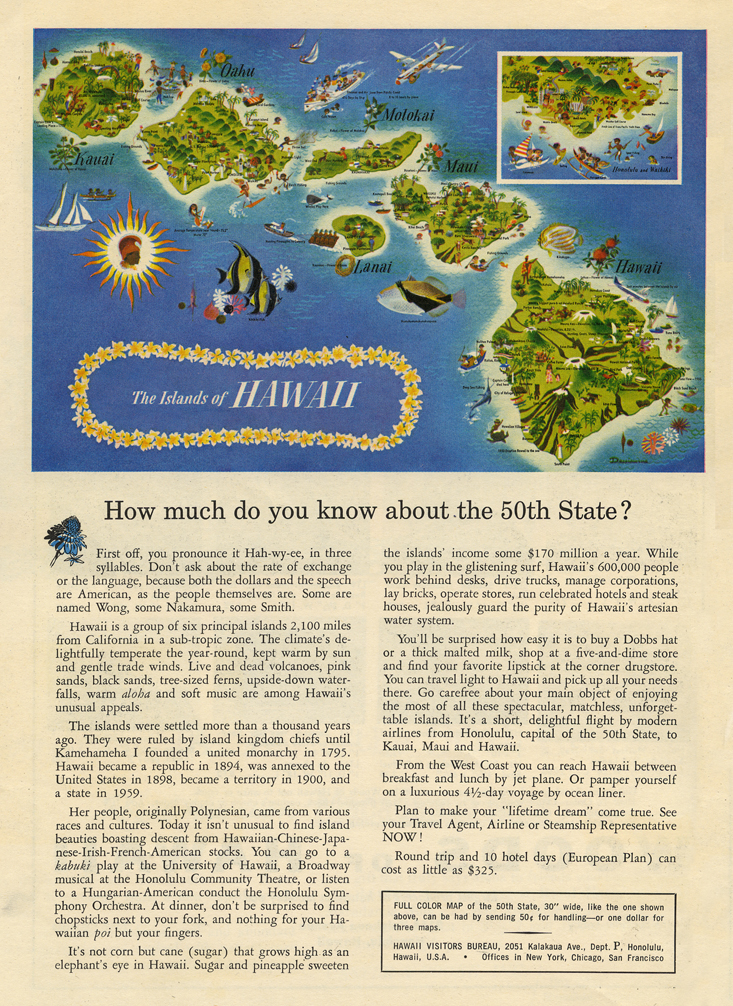
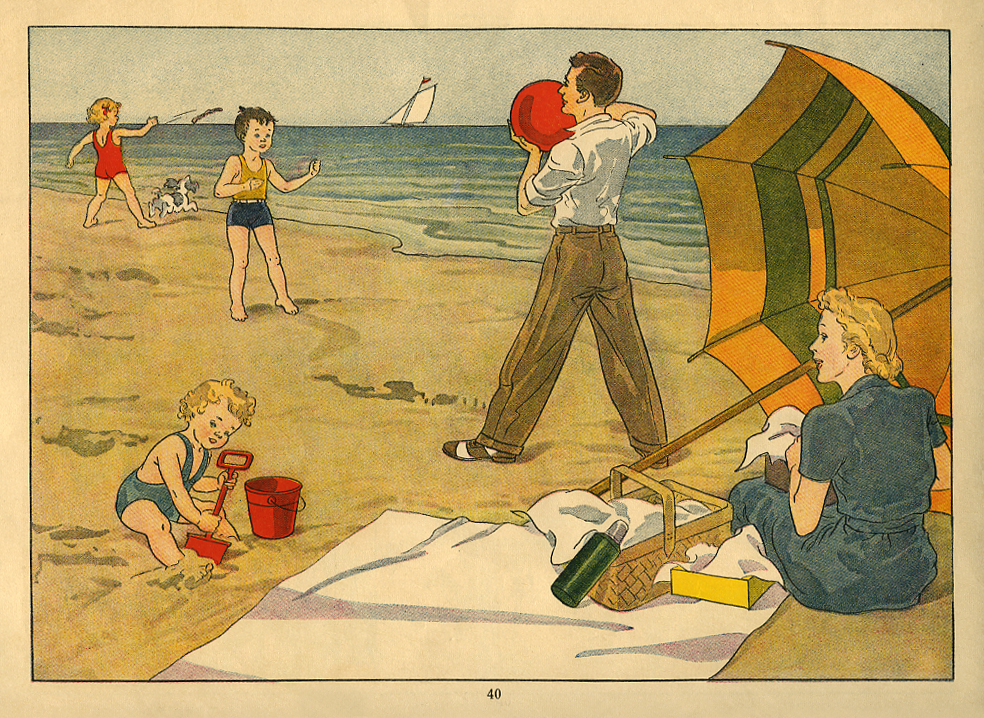
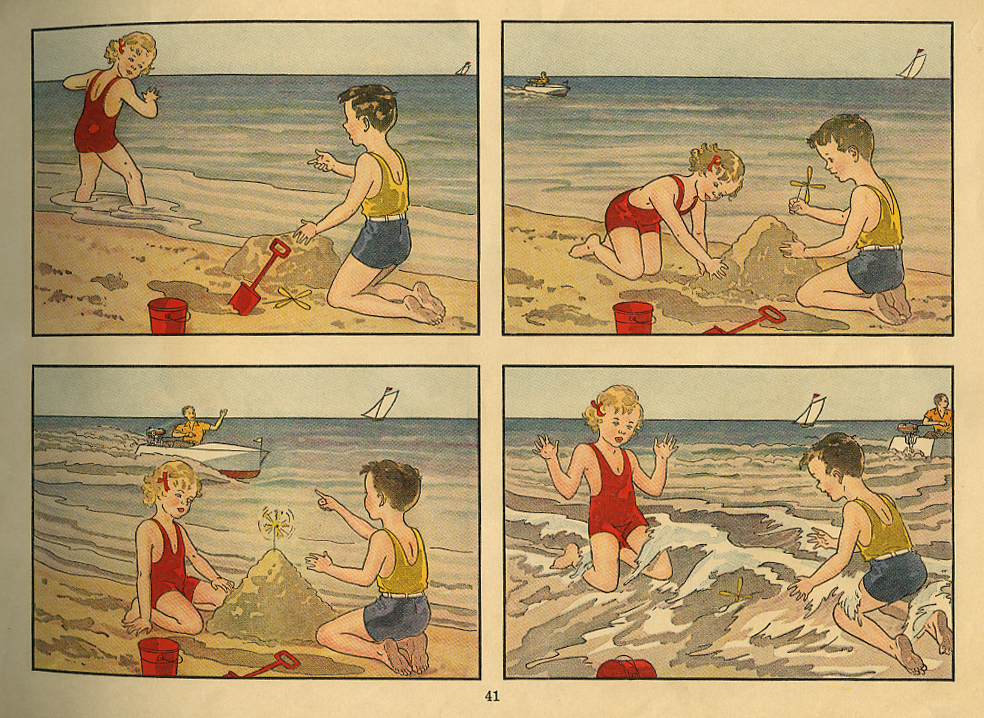
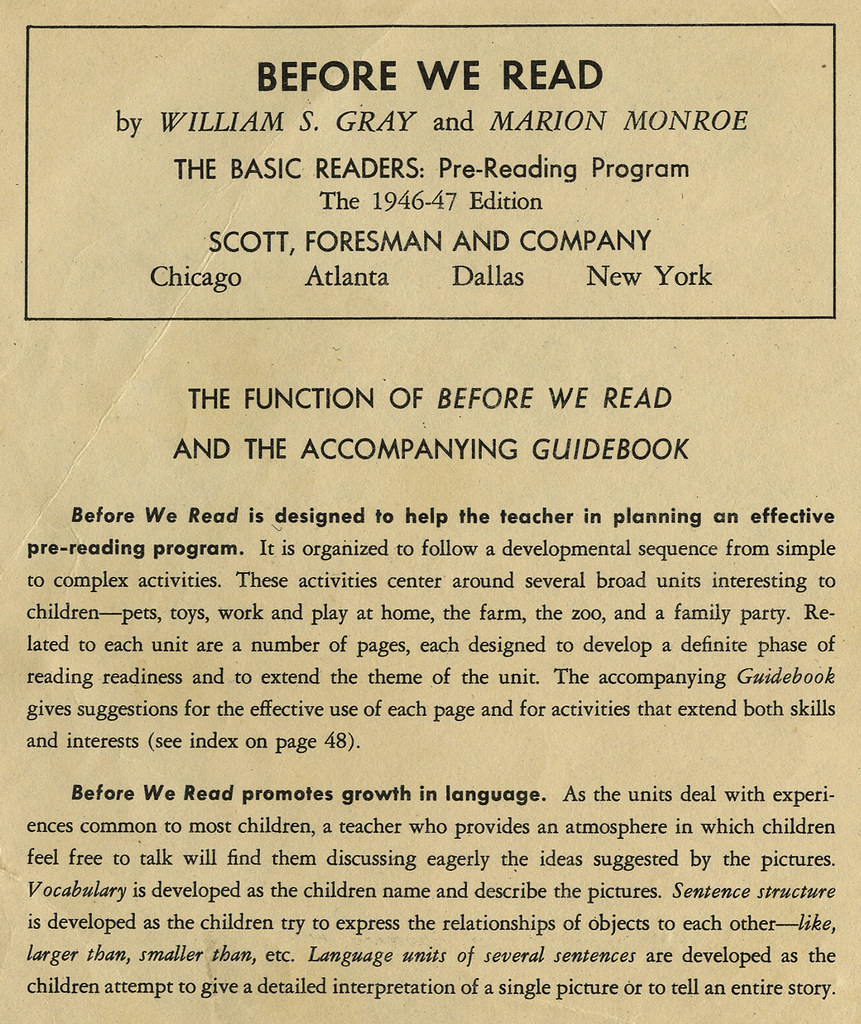
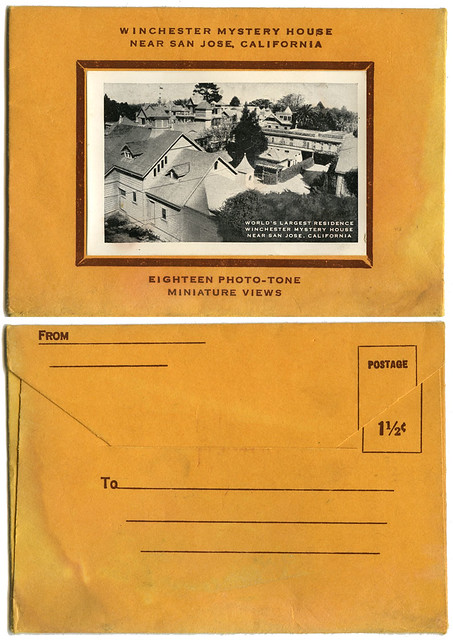
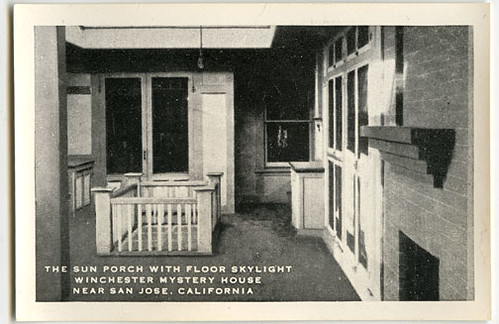
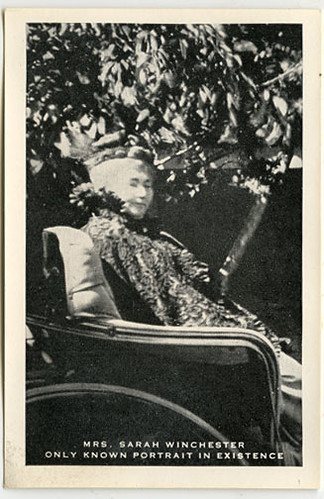
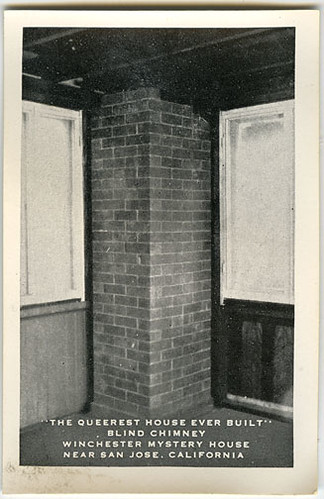

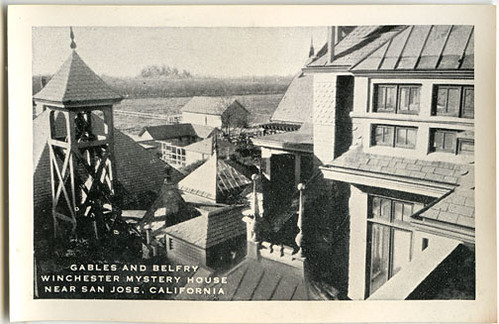
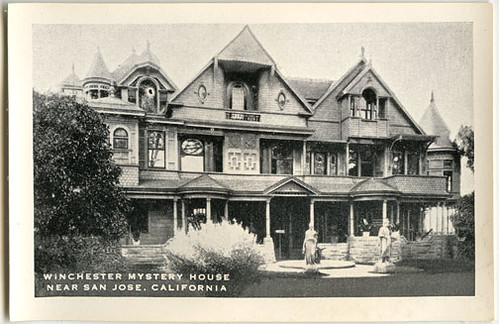
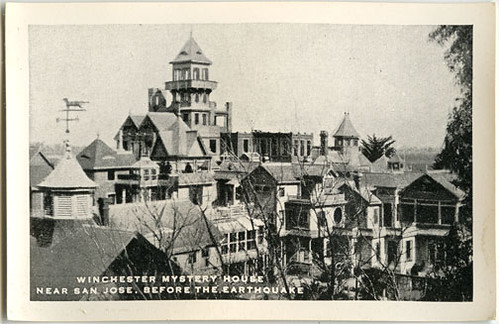

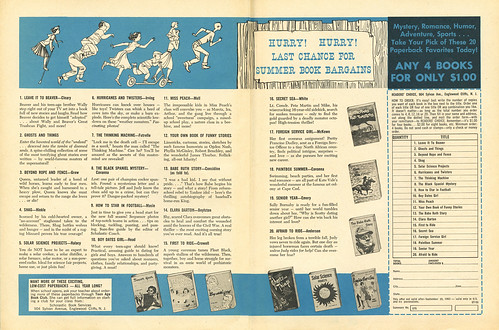





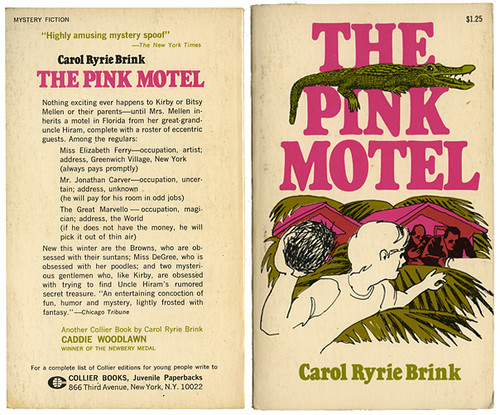
 The idea for this character came about when Disney's film distributor Charles Mintz (who was now married to Alice distributor Margaret Winkler) suggested a change in direction to keep his animated shorts fresh. Universal Studios was looking for a cartoon series featuring a rabbit and Mintz/Winkler suggested Walt Disney.
The idea for this character came about when Disney's film distributor Charles Mintz (who was now married to Alice distributor Margaret Winkler) suggested a change in direction to keep his animated shorts fresh. Universal Studios was looking for a cartoon series featuring a rabbit and Mintz/Winkler suggested Walt Disney.